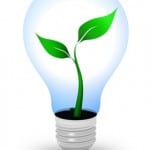
Energy Conservation is about reducing your homes energy usage by designing a more energy-efficient building. Lowering a buildings utility bills not only saves you money but benefits the environment, and makes for a more comfortable home. Energy efficient and renewable energy components such as upgrading lighting circuits and fixtures to LED, strategic insulation and glazing to reduce your homes peak heating and cooling demands, or the installtion of solar photovoltaic panels, all add towards a more energy efficient home
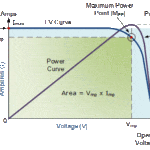
The electrical specifications and information provided on the label or nameplate of any photovoltaic panel relates to its performance under standard test conditions (STC). But the temperature coefficient of a solar panel determines its voltage characteristics as it is directly affected by its operating temperature, because as the panels temperature increases or decreases, so to does its terminal voltage for a given load condition
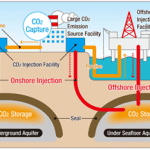
Carbon capture and storage is a way to reduce greenhouse gas emissions while simultaneously meeting the growing energy demand around our planet. Capturing carbon dioxide and other such harmful gases is not a new technology but may be a viable way of decarbonising the atmosphere from gases and pollutants and storing them in suitable underground geological formations for permanent storage

Wind Energy is the largest form of renewable energy generation with hundreds of giga-watts of electrical energy being generated around the world every year. But in order for wind turbine generators to generate such vast quantities of this free and sustainable energy, there has to be some wind. Wind turbines have been around for many years, with their energy capture design, efficiency and reliability improving dramatically. Ideally the rotational speed of wind turbines is almost constant and limited to a narrow range of wind speeds. So ensuring that their is enough wind speed at any given location is important for energy production
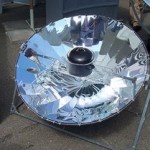
Solar cookers and ovens use the thermal energy of the sun to cook food. Traditionally cooking food outdoors requires stoves and wood as fuel, but climate-friendly solar cookers do not burn non-renewable charcoal or firewood resulting in zero CO2 emissions and less smoke, soot and ash. Solar box cookers and ovens use a free, and effectively inexhaustible source of thermal energy from the sun to cook food inside at high temperatures. Solar irradiance plays a vital role in cooking with the sun, so its only cloudy dull days that restricts the use of solar box cookers
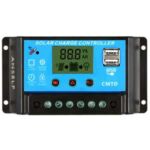
Charge controllers ensure a longer battery lifespan by preventing the connected batteries from over or under charging. Solar battery charge controllers are connected between the energy source, either photovoltaic solar panels, wind turbines, or even hydro generators and a battery bank. Connecting these renewable energy devices directly to a battery or array of batteries could result in them not being able to recharge the batteries to their full capacity or the batteries will be continually cycled between partially charged and a discharged state which will eventually destroy a lead-acid battery. Charge controllers provide a constant charging voltage preventing these battery failures
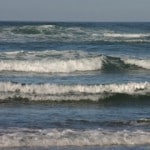
Ocean thermal energy conversion is a marine based process which generates electrical energy by exploiting the temperature difference between the warmer surface water of the seas or oceans and the colder temperaturers of deeper waters. Ocean thermal energy conversion is a potential source of reliable renewable energy as its sunlight which heats the oceans water with many benefits to the environment creating no harmful emissions. OTEC heat recovert systems operate as cyclic heat engines which uses a working fluid warmed by the seawater to produce a vapour and the cold water to condense the vapour
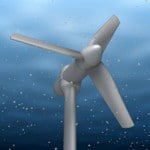
Tidal energy technologies are constantly being developed to meet our ever increasing energy needs and reduce our fossil fuel footprint. Several technologies have emerged to harness the energy of the seas from hydrokinetic tidal turbines in open water to submerged tidal stream devices. While renewable forms of energy from our oceans are important for a low-carbon sustainable future, their positioning along the coastline and use must not have a negative impact on the local marine ecosystem, its wildlife or the environment. Tidal energy from the sea is a green technology and a promising sources of renewable energy globally
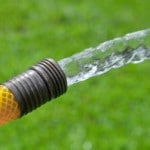
Grey water and wastewater recycling has many uses in both the home and garden. With increased pressure on the world’s freshwater sources, climate change, population growth and water scarcity, there is a growing need to manage water resources in a more sustainable manner. The use of recycled water which was previously considered unusable has become an increasingly important source of water for irrigation and garden use. Waste water collected from roofs, showers, baths, washbasins, and washing machines can all be reused as greywater both reducing the amount of freshwater consumption, but also the volume of water discharged into the sewerage system

Geothermically heated waters have been used over thousands of years for bathing and healing in an attempt to cure numerous health related issues. Geothermal waters are associated with active areas of volcanic activity were rainwater that has percolated down major faults and fractures is heated by molten rocks at great depths in the crust before being returned to the surface naturally to form hot pools and springs. The temperature range of geothermally heated water depends on the heat flow and the geological setting ranging from warm water at low pressures to very hot geyser springs were the water explodes out of the ground at high pressures accompanied by steam